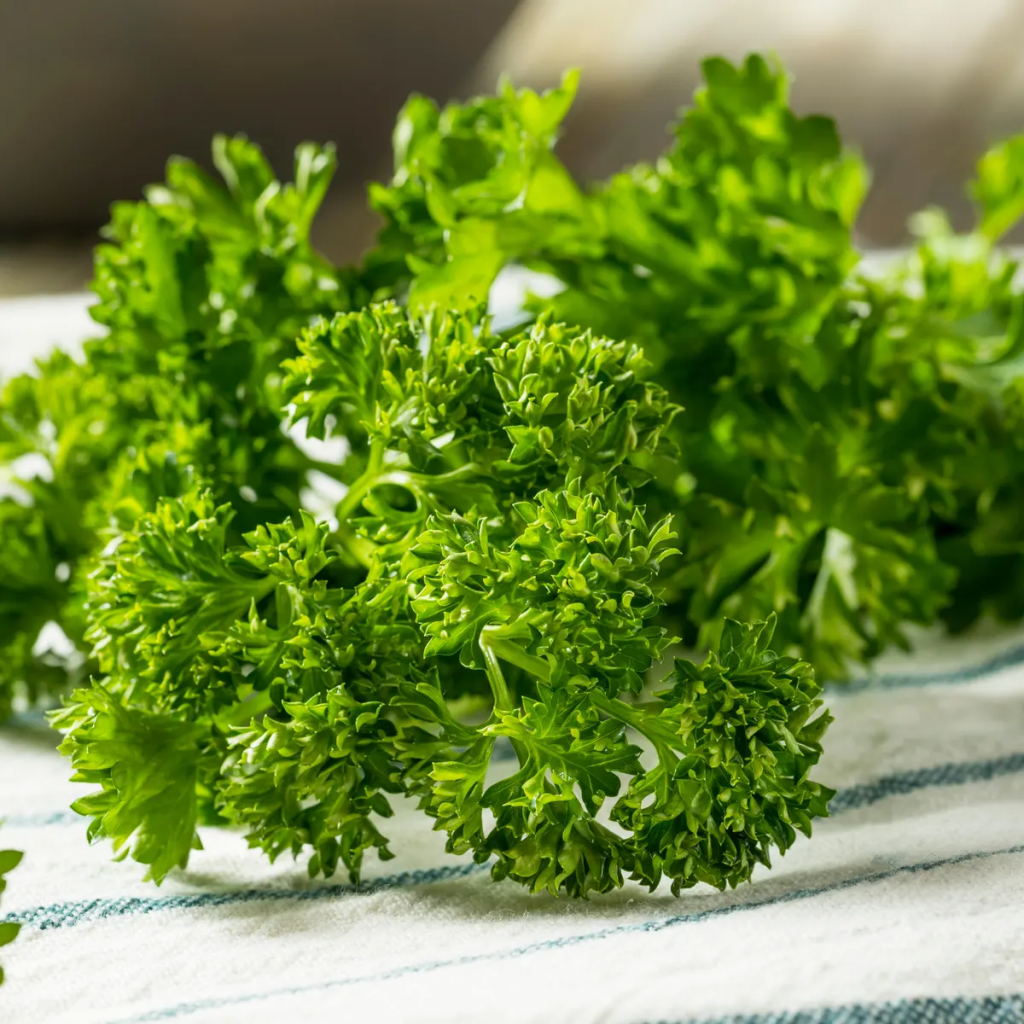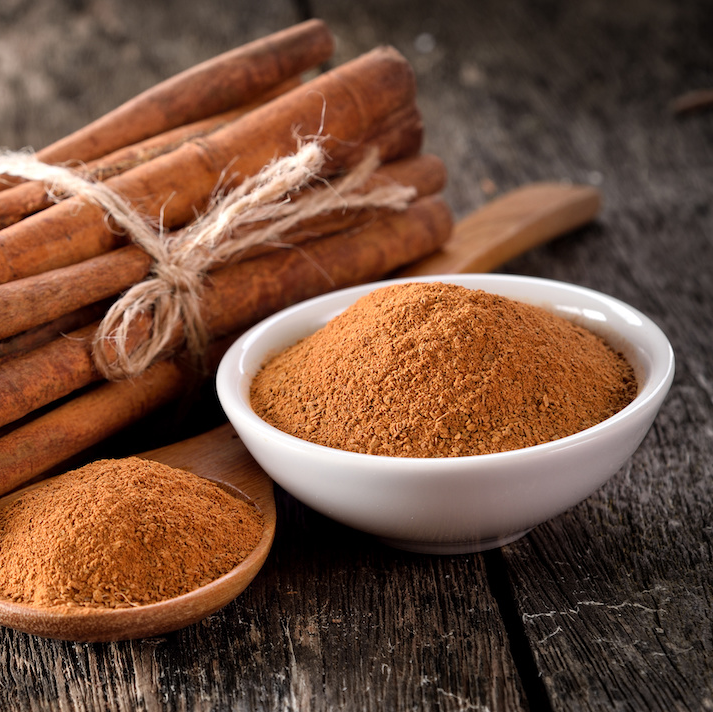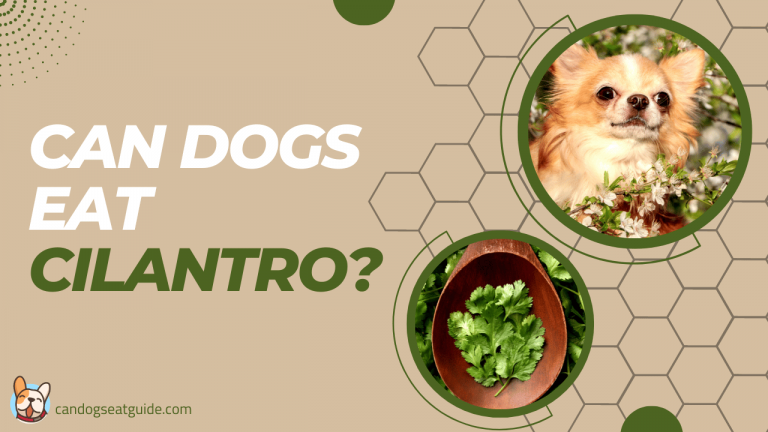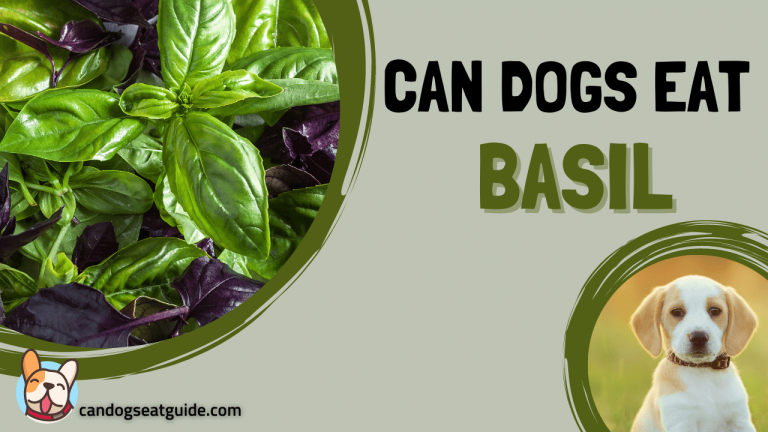I love herbs in my dishes, especially in my pasta. Pesto Pasta is my favorite as I love the strong smell of Basil (one of my favorite Herbs). Additionally, I love parsley too.
I will be sharing my own opinion on each herb too, and I’d like to know which of these you like and your thoughts on them.
Not only do I like them because of their smell, but I also love how these herbs that grow right in my garden have immense benefits.
If you are just like me and wondering of what benefit they can be to dogs as your dog may be ill or it’s already the season of colds and flues, you may wonder how you can know which herbs are safe for your doggo.
That’s my task and I will give you the list of 9 safe herbs for dogs and which aren’t as well as some additional information and facts.
When you think of a new recipe for a treat you will know which herb you can use and which you can’t.
1. Curly Parsley

Parsley is the most popular herb and is widely used in European, Middle Eastern, and American cuisine.
Only one kind of parsley is safe for dogs and that is curly parsley.
Parsley is a source of flavonoids and antioxidants, especially luteolin, vitamin K, vitamin C, and vitamin A.
Dried parsley can contain about 45 mg/gram of apigenin.
The apigenin content of fresh parsley is reportedly 215.5 mg/100 grams, which is the highest food source.
Parsley contains a variety of oils, including myristin, which is known to inhibit tumor formation, especially in the lungs.
Parsley’s anti-inflammatory properties may help dogs with arthritis symptoms.
The high levels of fiber in parsley are good for dogs’ digestive systems.
Parsley helps for the fresh breath of your dog. It has anti-microbial properties that can prevent germs and bacteria.
This herb can stimulate the kidneys and filter out toxins that can increase urine volume.
Parsley Tea:
Steep four teaspoons of fresh or two teaspoons of dried parsley in one cup of boiling water.
Tips to preserve fresh parsley:
Put stems of parsley in a glass of water and put them in the fridge.
Note: Spring parsley is toxic to dogs due to high levels of furanocoumarin which can cause photosensitisation, an inflammation of the skin.
2. Oregano
Writing for oregano makes me think of pizza. Do you relate to me?
If YES, then let us enjoy this cute doggo with a pizza slice that I want now so badly.
But unfortunately we can’t give pepperoni pizza to our dogs. Why? You can find here. (link)
Oregano is a woody plant, with opposite olive-green leaves and purple flowers.
Oregano is rich in antioxidants, which provide support to the immune system of dogs. Richer in antioxidants than apples and blueberries.

This herb contains calcium, fiber, omega-3 fatty acids, iron, and vitamins A, C, and K.
The oil of oregano can be used for cleaning wounds because it has antifungal properties that inhibit the growth of bacteria. But the oil should be used in small doses due to high concentration.
Oregano can be used for digestive problems, gas, and diarrhea.
Oregano tea helps with digestive problems and soothes muscle pain.
Oregano tea:
Take two teaspoons of fresh or one teaspoon of dried oregano, and steep in one cup of boiling water for ten minutes.
Tips to preserve fresh oregano:
Store fresh oregano in the refrigerator, wrapped in a damp towel.
3. Turmeric

So, Turmeric is a great plant. Yes, it’s a great plant. YES YES, it really is.
But, I don’t like it.
My mom used to serve me turmeric with milk. YAK!!
I used to spill it too sometimes, SHHH!!!
Turmeric is a plant from the ginger family, it is native to Southeast Asia and is grown commercially in that region, primarily in India.
Turmeric is a common spice and a major ingredient in curry powder.
Curcumin, an active compound in turmeric from which turmeric gets its color, is an antioxidant that promotes wound healing.
It’s popular for its anti-inflammatory and antioxidant properties. It has more antioxidant properties than vitamin E.
This herb increases bile production and flow, and protects the stomach and liver.
Very often is used to relieve arthritis and support healthy joint mobility.
Turmeric boosts brain function.
Use: You can sprinkle a bit of turmeric on your dog’s food. Veterinarians often recommend adding up to ¼ a teaspoon a day to a dog’s food.
How to preserve the fresh turmeric root?
Store it in a brown paper bag in the fridge for up to 2 weeks or in your freezer for up to 6 months.
4. Rosemary

Rosemary is an evergreen herb native to the Mediterranean. It’s used in the culinary, perfume industry, and home remedies.
As oregano, thyme, and basil, rosemary is a member of the mint family.
It is a good source of iron, calcium, and vitamin B6.
This herb aids digestion and helps upset stomachs.
Rosemary acts as an antioxidant.
Rosemary can be used as an insect repellent.
If you don’t think of steaks with rosemary, then you need to try one! Just look how tasty it looks!
How to preserve fresh rosemary?
Place your rosemary sprigs in an airtight container or freezer bag, squeezing all the air out before sealing it, or freeze the leaves in an ice-cube tray with water.
5. Sweet Basil

Looks like I shared my love for basil already!
Basil is a herb in the mint family. It adds flavor to meals, and its nutrients may provide health benefits.
Sweet basil is used a lot in many Mediterranean, and particularly Italian, cuisines.
It’s a great source of vitamins K and A, iron, and calcium.
Provides fiber, vitamin C, potassium, and magnesium.
Basil has antibacterial and anti-inflammatory properties, supports cardiovascular health, and helps protect against free radical damage.
It boosts mental health, as it’s fighting the toxic radicals in dogs, and regulates blood sugar.
Before feeding your dog basil you should know a few things.
You may be concerned about:
- Some dogs can experience diarrhea because of too much fiber, but as we humans are different so are dogs, some dogs aren’t even bothered by the added amount of fiber.
- Allergic reactions or intolerance can happen, if this happens go to your nearest animal emergency room.
Use: You can add a pinch of chopped dried or fresh basil to dog food.
Tips to preserve fresh basil:
Remove the leaves from the stems, wash and dry them, and put them in a dry paper towel. Then seal them inside a plastic bag for 1 to 2 weeks.
6. Ginger

People have used ginger in cooking and medicine since antiquity. And, I love ginger tea particularly when I have an upset tummy!
It remains a popular home remedy for nausea, stomach pain, and other health issues. The anti-nausea ginger treat can treat canine bloat.
But let’s see the other benefits for dogs.
Ginger stimulates stomach juices and helps expel worms.
Ginger root has anti-inflammatory and anti-bacterial properties.
This herb aids in heart problems, and joint inflammation of an arthritic dog. It improves circulation by breaking blood clots.
Ginger contains antioxidants that prevent cell damage, and improve a dog’s cognition and memory.
Studies have shown that heartworms can be treated with ginger.
Use: Feed your dog ginger root finely chopped, ground, or dried.
Ginger should not be fed to a dog with a gastric ulcer or pregnant dogs.
Tips to preserve the fresh root of ginger:
Put a chunk of ginger into an airtight container or a plastic bag (remove the air) and store it in the freezer.
Frozen ginger can keep up to 6 months.
7. Cinnamon

In 2020, four countries accounted for 98% of the world’s production of cinnamon, a total of 222,122 tonnes: Indonesia, China, Vietnam, and Sri Lanka.
Ground cinnamon is 11% water, 81% carbohydrates (including 53% dietary fiber), 4% protein, and 1% fat.
I remember sweet dishes with it especially freshly baked cinnamon rolls that my sister bakes perfectly.
- Cinnamon can be used to fight heart diseases, to regulate blood sugar.
- Has anti-cancer properties.
- It is widely used for dogs to freshen their breath.
- Cinnamon is used to relieve vomiting and helps with stomach digestion.
- This herb may protect your dog against diabetes and sepsis.
Use: Mix ground cinnamon in your dog’s food or make cinnamon biscuits for your friend.
Do not give cinnamon essential oil to dogs.
8. Peppermint

Peppermint is a hybrid species of mint, a cross between watermint and spearmint. I love to make a mint margarita out of it and have it usually a couple of times in summer. If you are not aware of it, here is a video to make one.
Peppermint soothes an upset stomach, teats diarrhea, and relieves intestinal gas.
If your dog has a respiratory or viral infection or some skin condition, this herb provides relief.
The best combination of home remedies for motion sickness is peppermint and ginger.
Like parsley and cinnamon, peppermint is helpful in freshening the breath of your dog.
It can be used also for treating nausea.
This aromatic herb can help if you or your dog have travel sickness.
Use: You can add 1-2 leaves of chopped dry fresh peppermint on top of your dog food.
Note: Always keep away peppermint oil from any sensitive areas of your dog.
Tips to preserve fresh peppermint for longer:
Place the peppermint stems upright in a jar of water and cover them loosely with a plastic bag.
9. Thyme

Thyme is a garden evergreen herb with green leaves on thin stems, the flowers of it are white or pinkish colored.
Thymol is the primary active ingredient in thyme and helps to inhibit the growth of fungus and bacteria. Thymol also can prevent parasites such as hookworms. (LINK)
Thyme is rich in vitamins A, C, and K, iron, calcium, and dietary fiber. All these vitamins and minerals help the immune system, reduce free radicals, and benefit the dog’s skeletal system.
This herb is great for the brain function and respiratory system and relieves asthma.
Thyme may have some anti-cancer properties but for now, it’s still only a suggestion.
If a dog consumes too much thyme, can experience diarrhea, vomiting, difficulty breathing, anorexia, and sadness.
Use: You can sparkle it dry on dog food or bake it in some of their homemade treats. You can use diluted thyme oil on the dog’s skin or apply concentrated thyme tea on the gums.
The Spanish thyme (Coleus amboinicus) is toxic for dogs.
Tips to preserve fresh thyme:
Arrange the herbs lengthwise in a single layer on a damp towel. Loosely roll up the herbs and transfer them to a resealable plastic bag or in plastic wrap. Store in the refrigerator.
Well, for thyme, I first need to know what you guys think of it? and I will let you know in what food do I love it the most.
Hint: It isn’t a hard guess!
Tea Recipes of Safe Herbs For Dogs
Medicinal Sage Tea:
Ingredients:
- 1 tablespoon of fresh sage leaves;
- 2 teaspoons honey;
- Juice of ½ lemon;
- 2½ cups of filtered water, boiled.
Instructions:
- Wash the sage leaves and put them in a jug with honey and lemon juice.
- Bruise the leaves with a wooden spoon.
- Then pour on the boiling water.
- Cover with a clean cloth and leave to infuse for 30 minutes.
- Strain and bottle when cold.
Digestive Tea:
Ingredients:
- 4 teaspoons of fresh or 2 teaspoons of dried peppermint;
- ¼ teaspoon dried sage;
- 1 slice of fresh ginger;
Instructions:
- Combine all the ingredients.
- Add one cup of boiling water, and steep for two minutes.
- Adding a teaspoon of Manuka “healing” honey will make this simple remedy even better!
FAQs
Can dogs eat chamomile?
Chamomile can be used if your dog has an upset stomach, itchy skin and eyes, and parasites. It can be given as chamomile tea, a rinse for eyes and skin, and can be included in dogs’ treats.
Can dogs have dandelions included in their diet?
Yes, dogs can eat dandelion in small amounts to improve their digestion and maintain a healthy immune system.
Is catnip safe for dogs?
Catnip is safe for dogs and can be beneficial as antiseptic treatment. This herb can be used to calm dogs during traveling or when they are left alone.
It can be used daily for dogs that are suffering from chronic anxiety.
Is sage safe for dogs?
Yes, sage is safe for dogs. Sage is even considered a superfood for dogs due to its high levels of vitamins and minerals. Raw sage leaves clean teeth and gums and leaves a fresh taste in the mouth. Try adding some freshly strained and cooled sage tea to your animal’s food, or use it as a “toothpaste”.









